“Chicano is not a painting style; it is a description of culture.”
― Cheech Marin
Chicanology once defined Chicanos as having exclusively Mexican ancestry. Chicanx film, literature, music, and visual art are plagued with countless creatives who, since El Movimiento, were suspected of not being enough, from Edward James Olmos scolding Selena for being a no-sabo kid to Thomas Ybarra Frausto’s Rasquachismo. The question of being enough is fundamental to Chicanx theory, which was once considered to be the fusion of two cultures: Mexican and “American.” If one posits the beginning of El Movimiento in 1960, then for the past sixty-four years, Chicanes everywhere have been questioning their relation to enoughness.
Chicanx scholarship, although Mexican-centric in recent years, has begun to usher in a new wave of knowledge-making that aims toward being inclusive of complex positionalities, such as the inclusion of Central American, Asian, Black, and Indigenous Chicanidades. Whereas Sonia Romero has New Mexican and Jewish ancestry, Ernesto Yerena has Indigenous Yaqui and Mexican heritage. Both artists are too familiar with explorations of the social construct that is “being enough,” which posits the qualifier for the sufficiency of “enough” toward someone else’s satisfaction: Mexican enough, American enough, Chicana/o enough, indigenous enough, catholic enough. Enough!
In the 1960s, activist Chicano artists forged a remarkable history of printmaking that remains vital today. Many artists came of age during the civil rights, labor, anti-war, feminist, and LGBTQ+ movements. They channeled the period’s social activism into assertive aesthetic statements that announced a new political and cultural consciousness (SAAM). In the words of E. Carmen Ramos, Chicano printmakers continue to use graphic arts to directly engage audiences, address ongoing social justice concerns, and grapple with the shifting meanings of Chicanidad.
Romero and Yerena are Chicanx masters in contemporary printmaking, with multiple decades of aesthetic explorations in their chosen medium as axis by the ever-shifting cultures of Los Angeles. Their passion for print as methodology, technique, and medium, as well as the length and strength of their careers, converges their aesthetic practices, each a master printmaker for over two decades. Romero concentrated on innovative epistemologies and pioneering explorations such as linocut block printing on Japanese washi paper. Yerena focused on improving his silkscreen approaches in recent years.
This exhibition surveys through prints the porous nature of enough through visual depictions often associated with Chicanismo while transcending its unnecessary detrimental demands to celebrate the complex positionalities of both artists as well as their individual decades of aesthetic achievement beyond centering the limits of a field of study or a specific printmaking style or technique. In this exploration, multiple print-making practices collide the body with nature and politics that are questioned amid a cacophony of flora and a plethora of our ladies of Guadalupe. The works on paper in this exhibition make space to include and converge the legends of Iztaccihuatl and Popocatepetl alongside Romero’s children and Yalitzia Aparicio utilizing various print-making practices, such as silkscreen, linocut, and block printing. The prints in Chicanexus celebrates a cultivation of indigenous knowledge centered alongside a need to resist colonialism with a courtesy reminder that artists are the pollinators of culture and truth.
“There are always four choices to every decision:
the wise choice, the foolish choice, the safe choice
and the choice that someone else makes for you.”
― Alicia Gaspar De Alba
This exhibition is part of Los Angeles Mission College’s Museum Studies Program for Fall 2024. In the student’s words,






